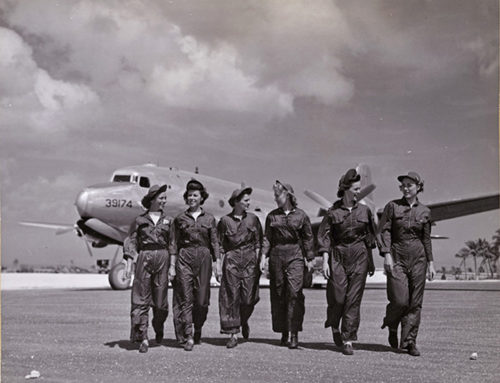While Veteran’s Day may have been last weekend, we honor those who have served all year long. Here at the museum we take great pride in honoring those who have served and preserving their legacy and history for generations to come. One exhibit we have is the Medal of Honor wall. It honors those who have received the Medal of Honor during their service in the submarine force. These submariners are all different, but share in the fact that they gave their hearts and, for some, their lives to protect this country. Here is one of their stories.
Howard Walter Gilmore was born in Selma, Alabama on September 29, 1902. He enlisted in the Navy on November 15, 1920 and was appointed to the US Naval Academy in 1922. In 1926 he was sent to his first station on the battleship USS Mississippi (BB-41). By 1930, Gilmore was seeking something new and exciting and underwent submarine training in New London. Gilmore’s life was filled with close calls and his personal life filled with tragedy. His first wife died of polio and his second was seriously injured in an accidental fall. 
The Growler and her crew left Brisbane on New Year’s Day 1943 for her fourth war patrol. Her mission was to target Japanese shipping lanes in the Bismarck Archipelago. In early February, while charging her batteries on the surface, Gilmore spotted a provision ship and prepared for a surface attack. The 900-ton provision ship Hayasaki saw the on-coming submarine and attempted to ram the Growler. In the darkness, Gilmore “sounded the collision alarm and shouted, ‘Left full rudder!’-to no avail. Perhaps inadvertently, Growler hit the Japanese adversary amidships at 17 knots, heeling the submarine 50 degrees, bending sideways 18 feet of her the bow, and disabling the forward torpedo tubes.”[1] The Japanese crew began firing at the bridge, killing the assistant officer and a lookout who were on deck. Gilmore and two other men were also wounded during the burst of gun fire. Gilmore, without thinking, called for the bridge to be cleared. Gilmore realized that if they dove, the Growler could be saved, but there was no time for him to make it below. Despite this, he gave the call to “Take her down!” LCDR Arnold Schade, shaken and unsure, followed the last order his captain would ever give him. Schade would service the ship a few hours later but found no sign of the Hayasaki. 
CDR Howard Gilmore was posthumously awarded the Medal of Honor for his sacrifice to save his ship. The submarine tender Howard W. Gilmore (AS-16) was named for him and sponsored by his widow. His award citation reads:
For distinguished gallantry and valor above and beyond the call of duty as Commanding Officer of the USS Growler during her Fourth War Patrol in the Southwest Pacific from 10 January to 7 February 1943. Boldly striking at the enemy in spite of continuous hostile air and antisubmarine patrols, CDR Gilmore sank one Japanese freighter and damaged another by torpedo fire, successfully evading severe depth charges following each attack. In the darkness of night on 7 February, an enemy gunboat closed range and prepared to ram the Growler. CDR Gilmore daringly maneuvered to avoid the crash and rammed the attacker instead, ripping into her port side at 11 knots and bursting wide her plates. In the terrific fire of the sinking gunboat’s heavy machineguns, CDR Gilmore calmly gave the order to clear the bridge, and refusing safety for himself, remained on deck while his men preceded him below. Struck down by the fusillade of bullets and having done his utmost against the enemy, in his final living moments, CDR Gilmore gave his last order to the officer of the deck, “Take her down.” The Growler dived; seriously damaged but under control, she was brought safely to port by her well-trained crew inspired by the courageous fighting spirit of their dead captain.
The two others lost that day by the gunfire during the attack were Ensign W. Williams and lookout Fireman W.F. Kelley. The phrase “Take her down!” remains a legendary phrase in the U.S. Submarine Force, and rightfully so. Gilmore is honored in our Medal of Honor room as well as in an exhibit honoring the legacy of the phrase, “Take Her Down!”
[1] Whitman, Edward. https://015d590033.nxcli.net/undersea/gilmore.html








